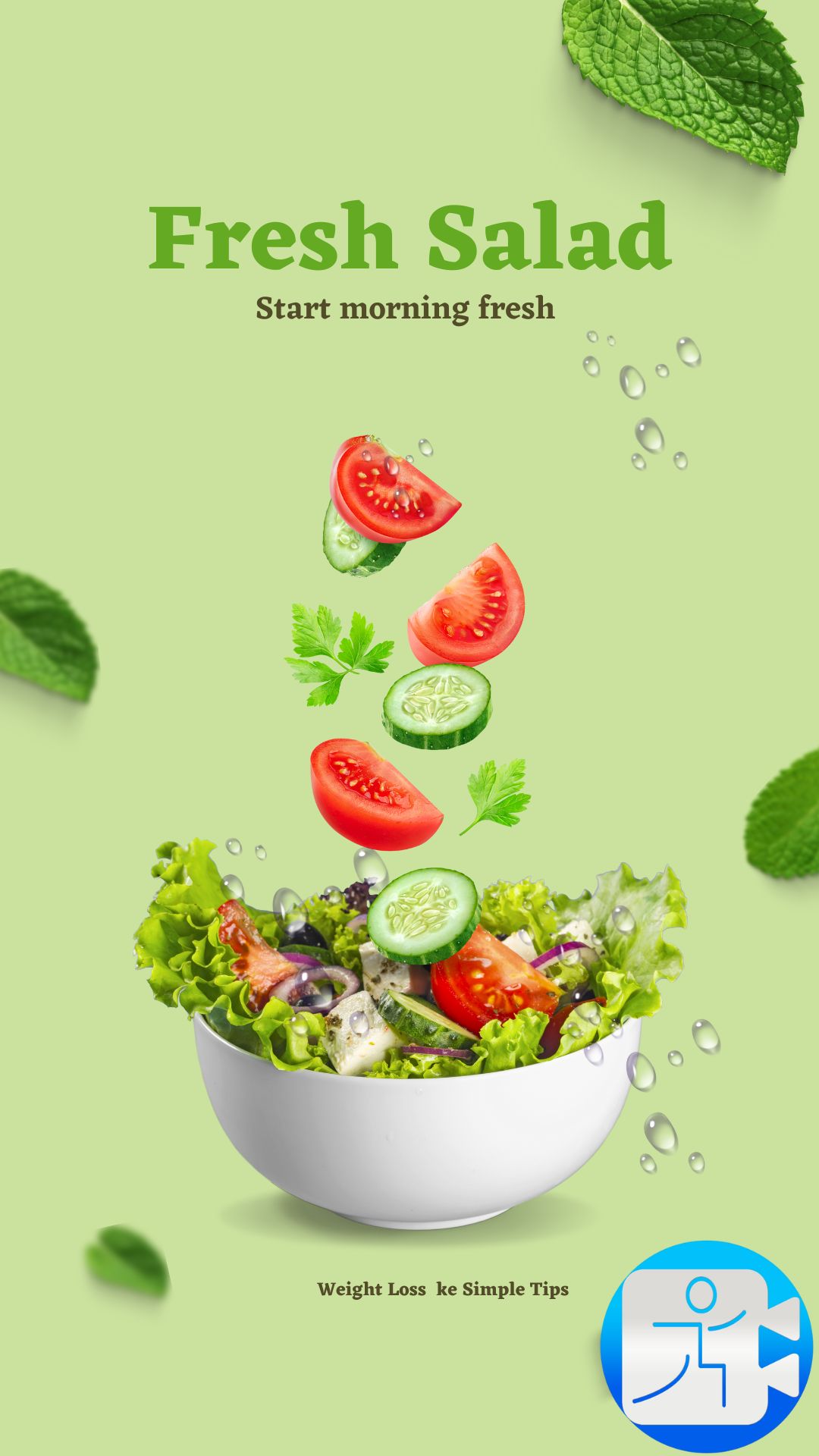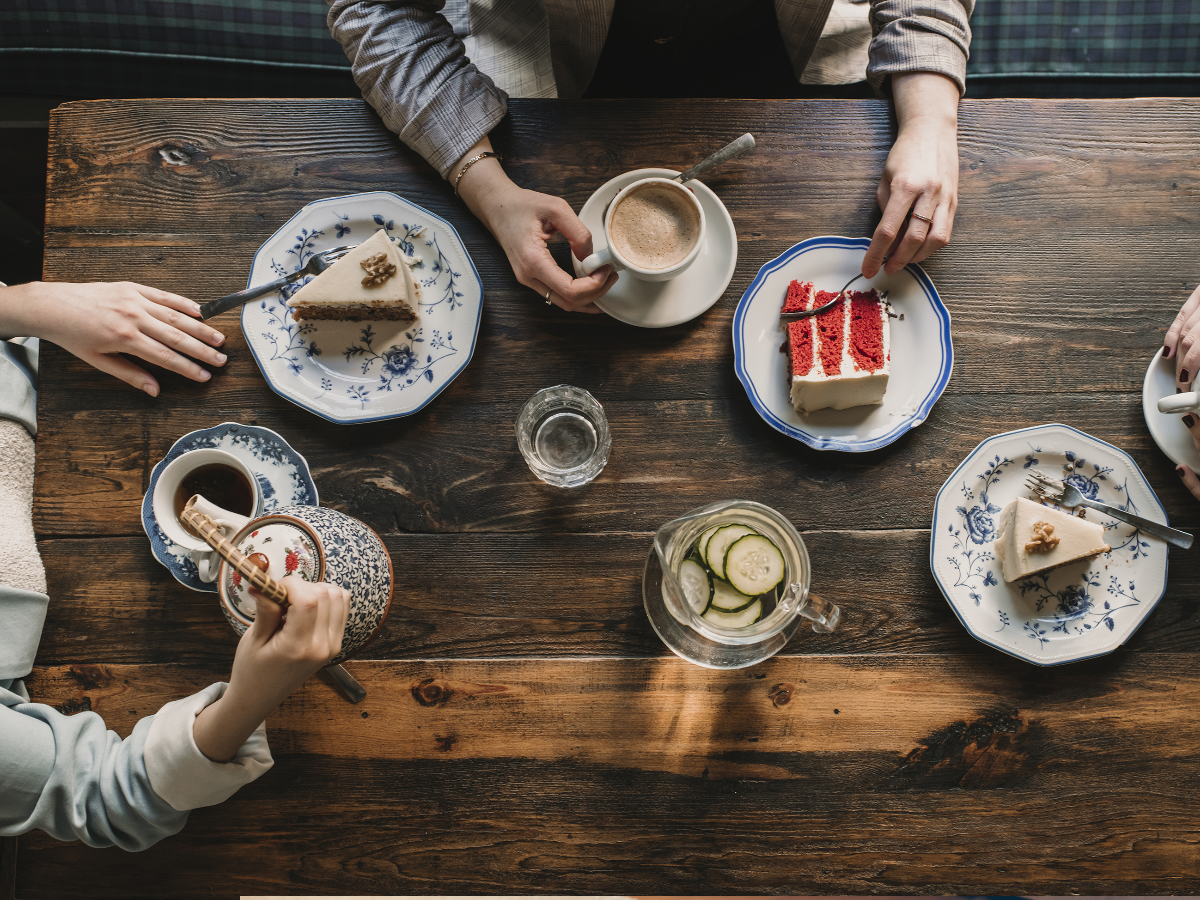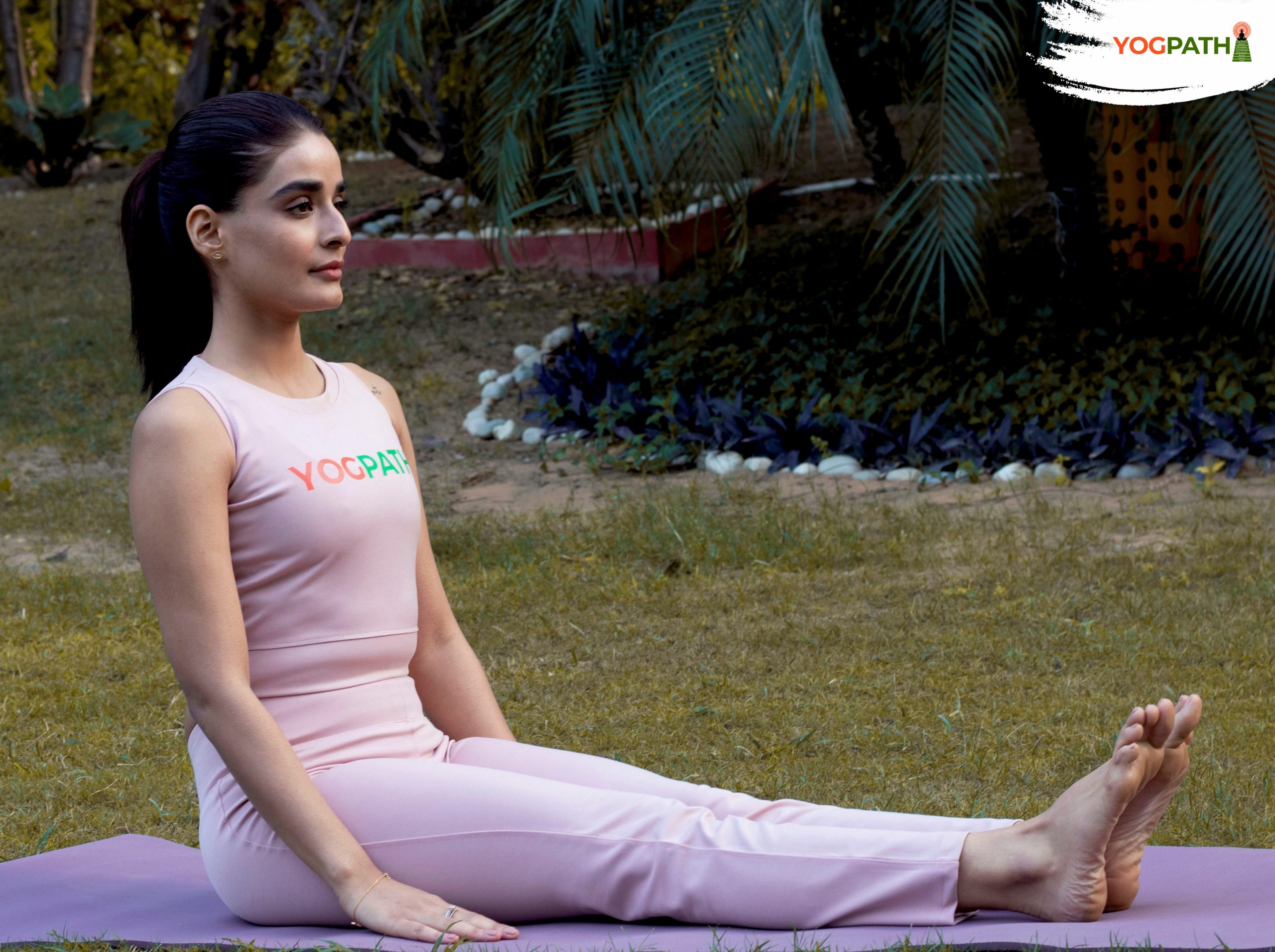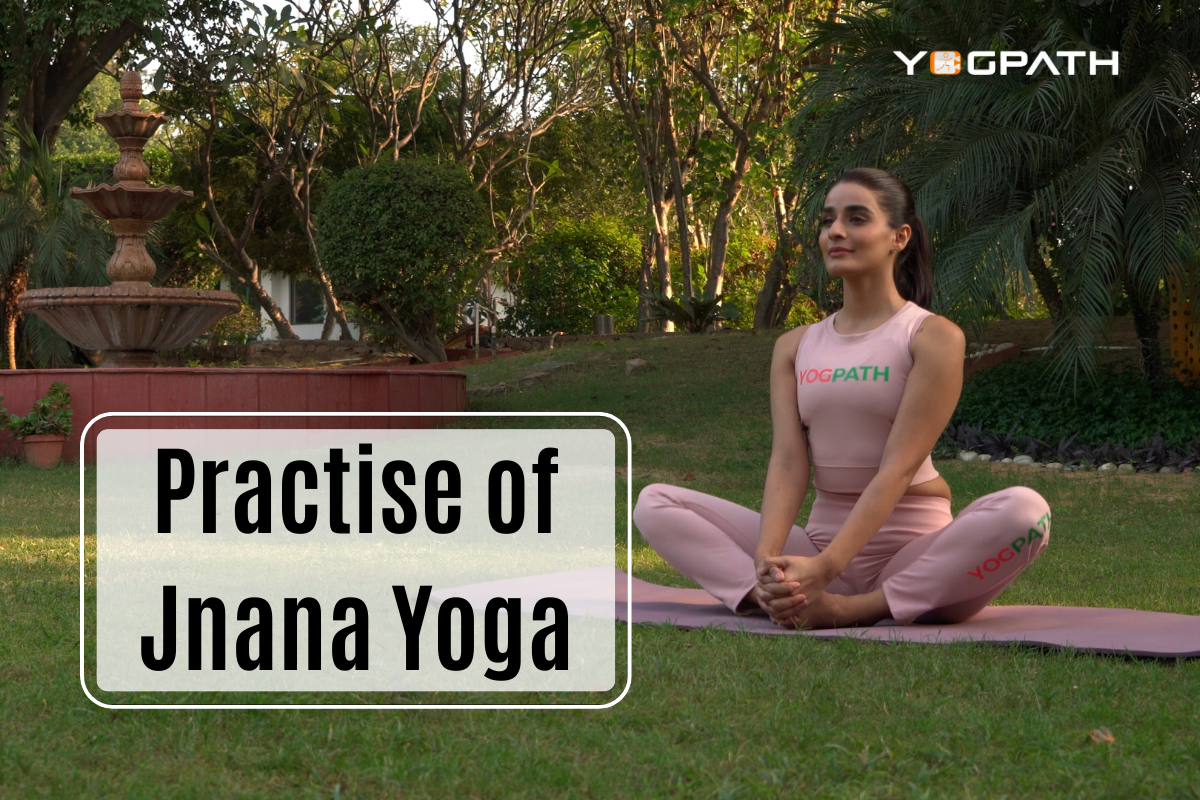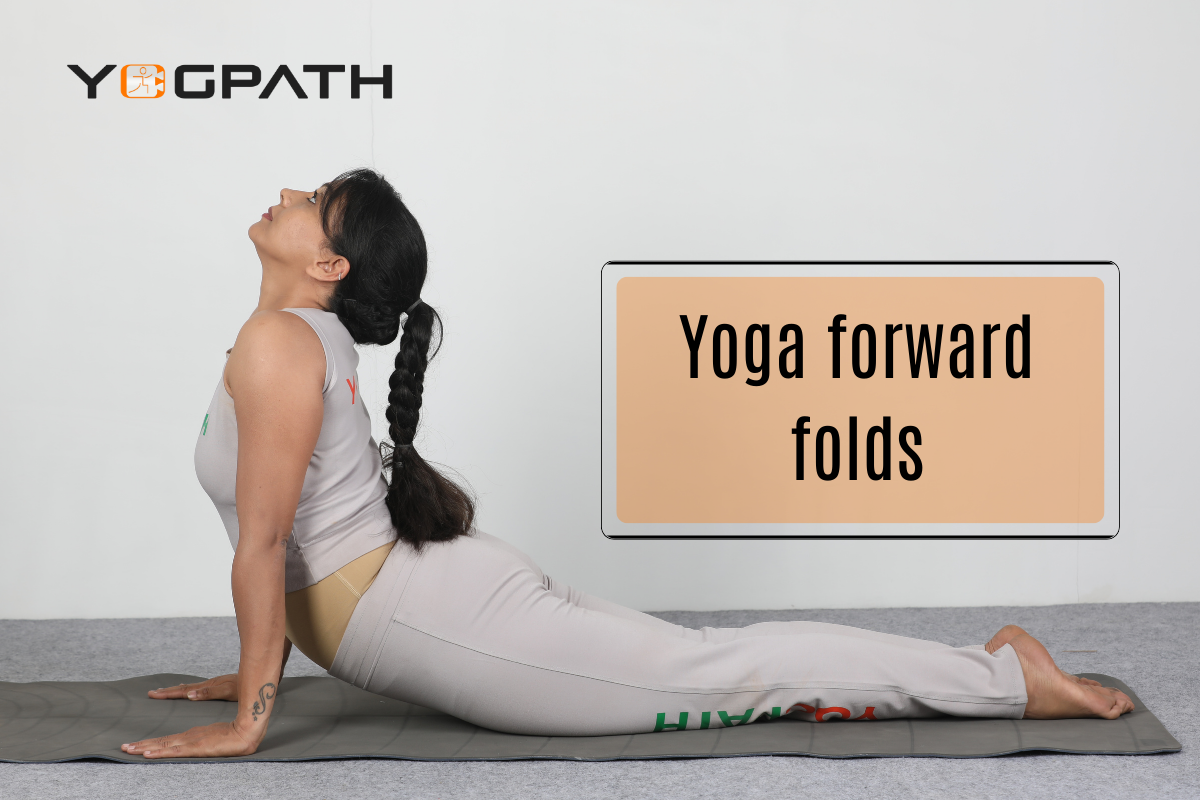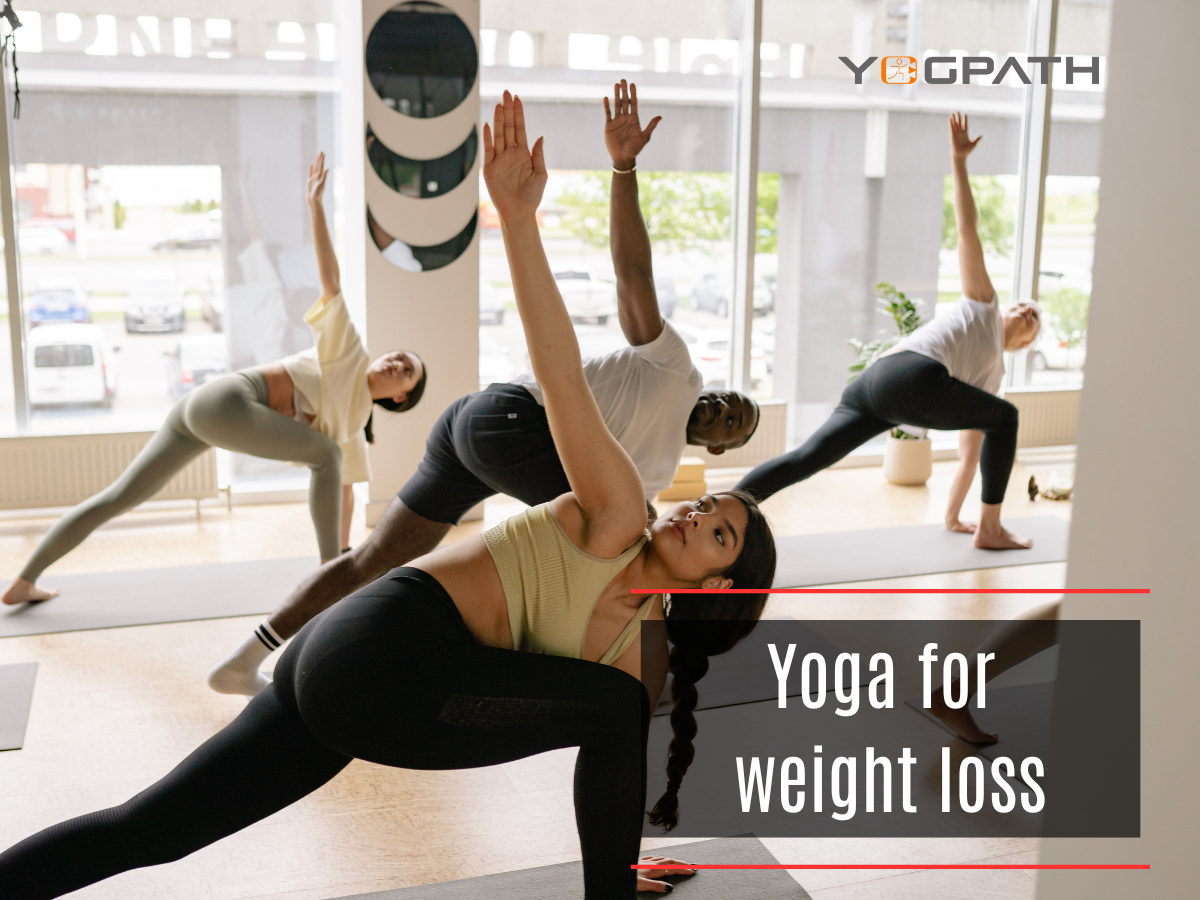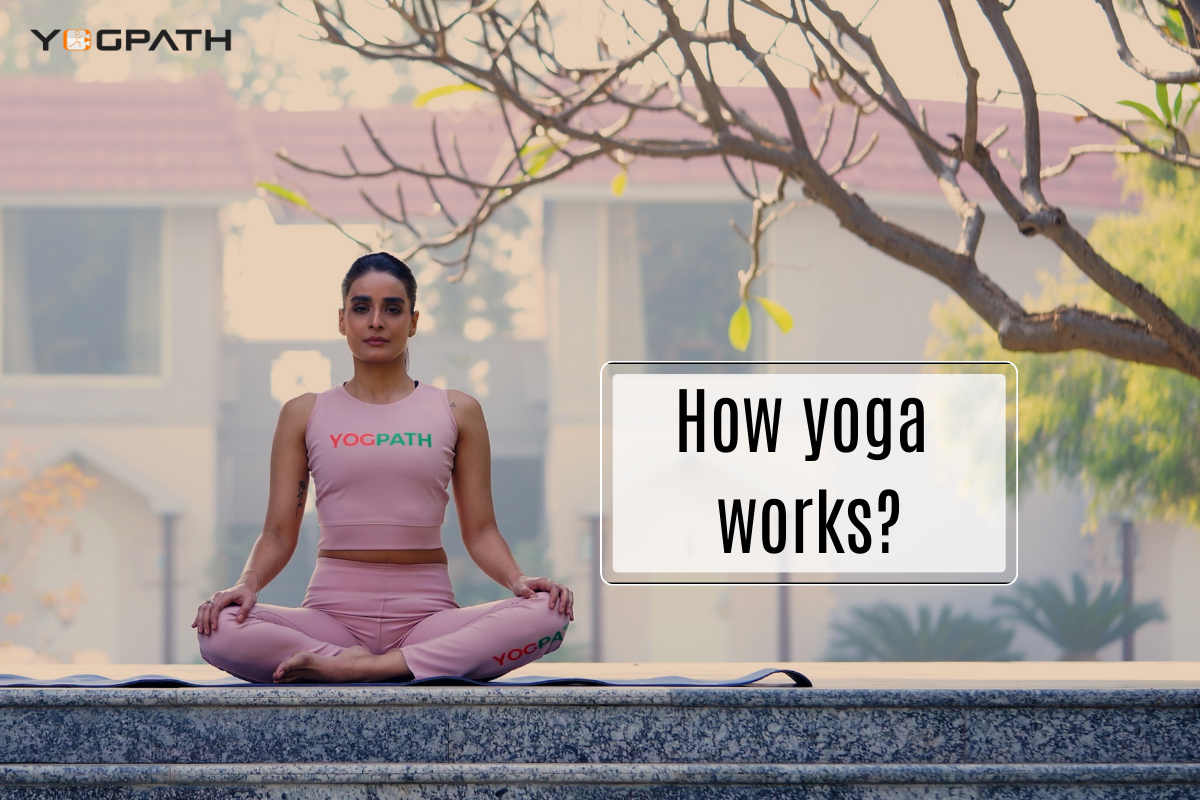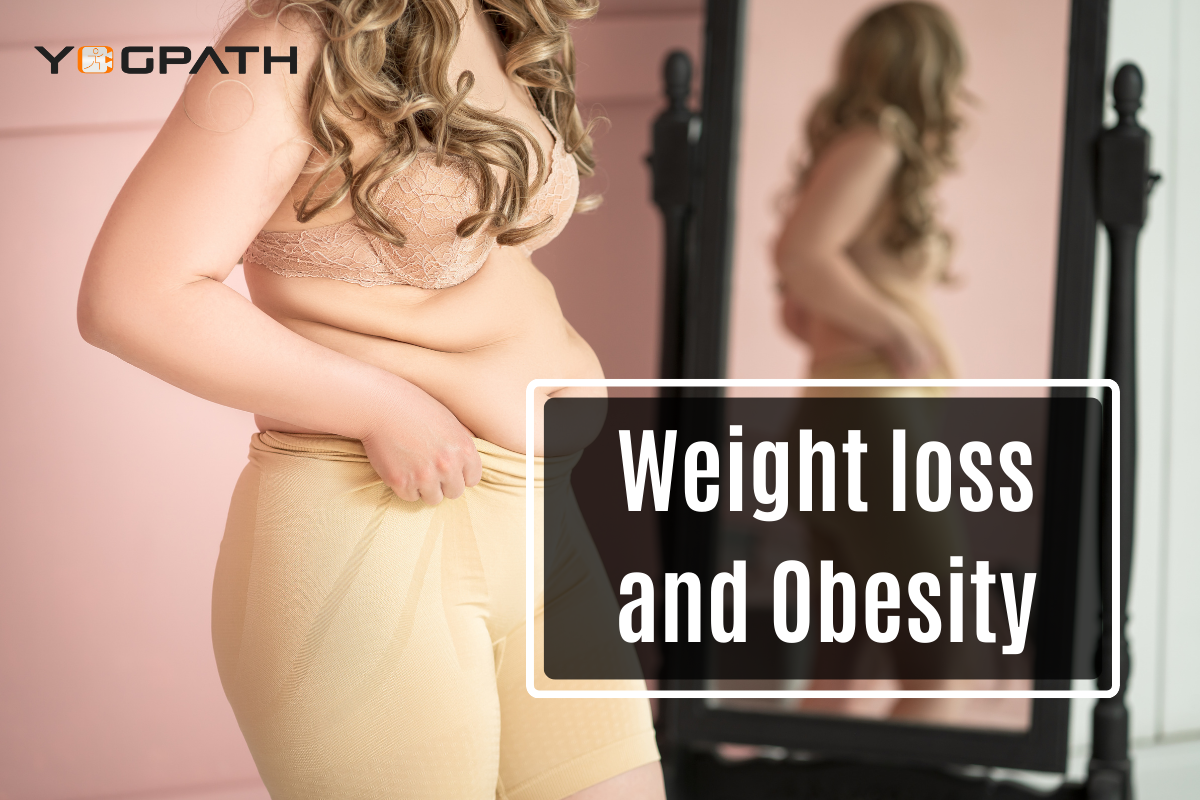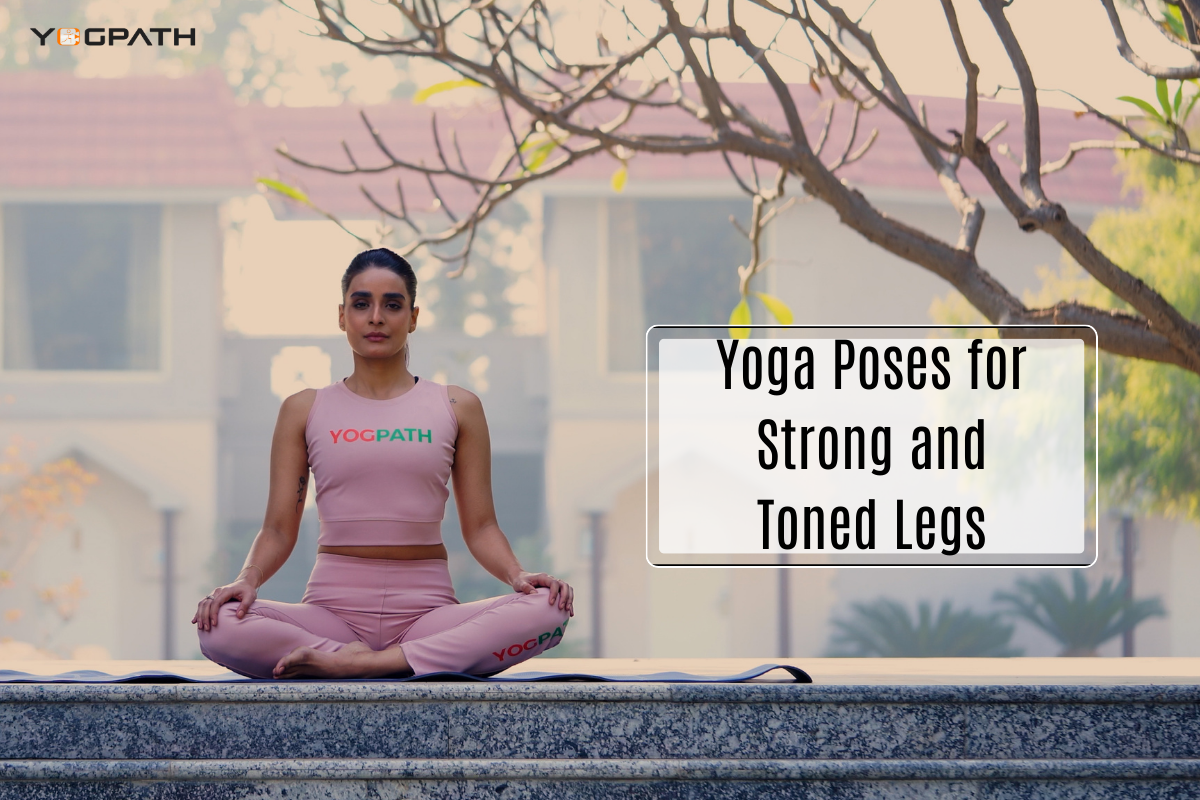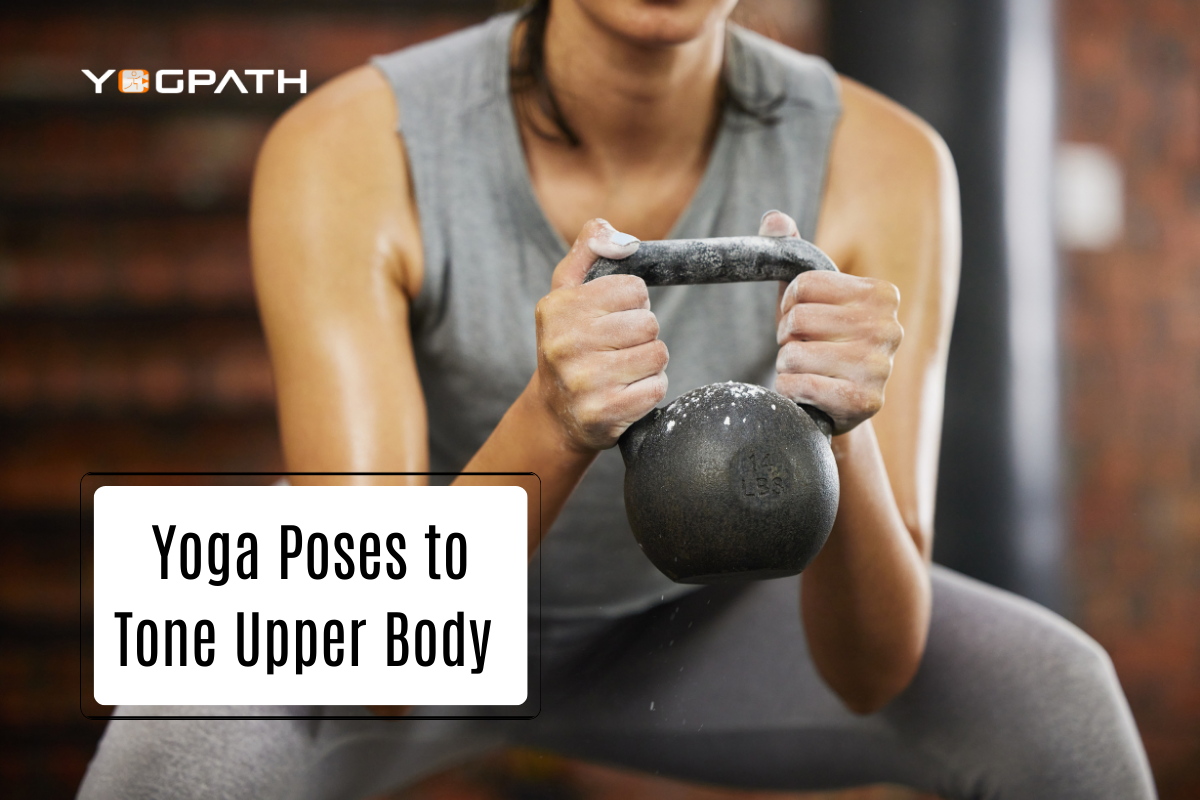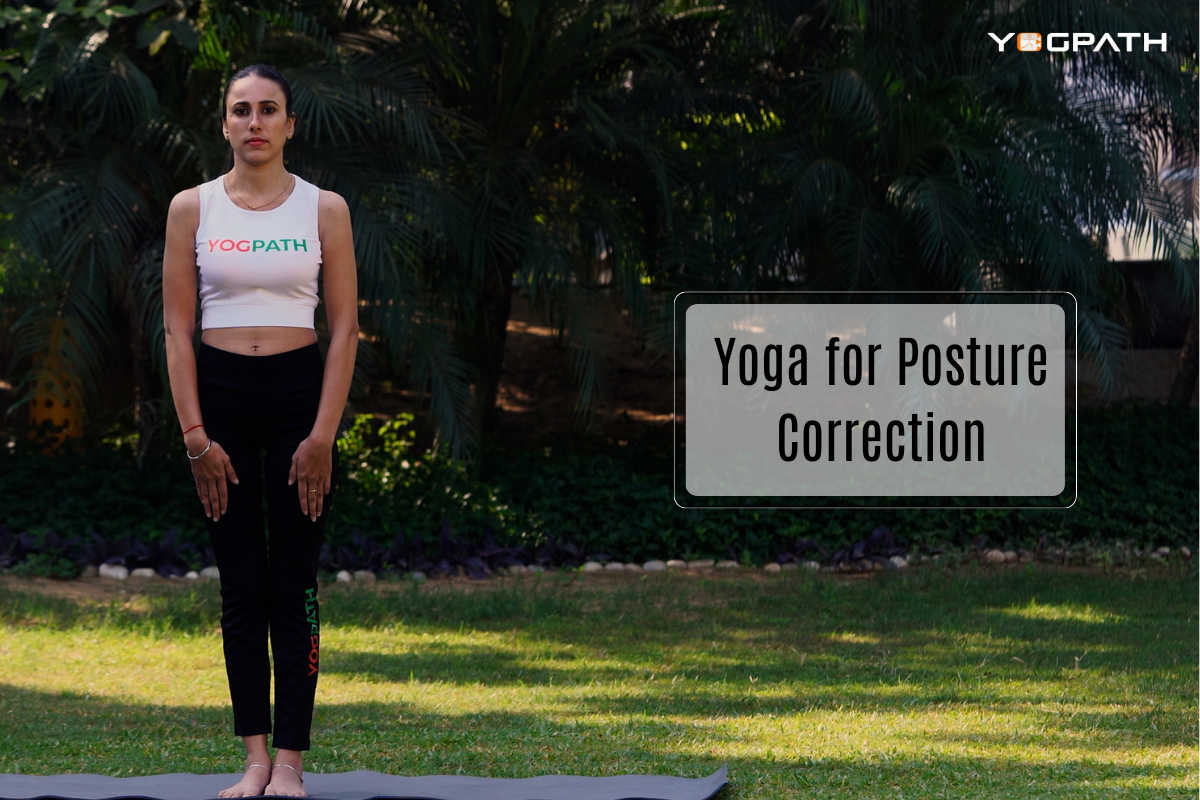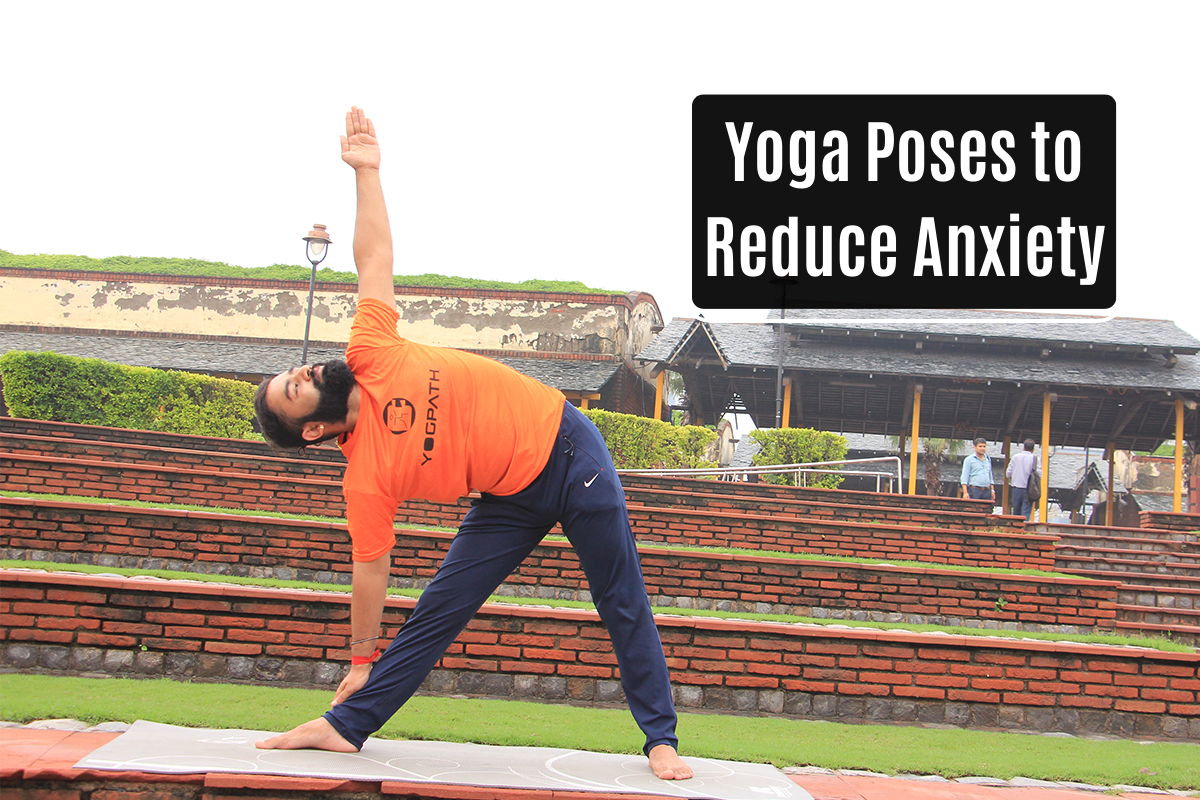
In our fast-paced world, finding solace and inner peace can sometimes seem like a distant dream. However, Yoga Poses offer a timeless solution to the modern malaise of stress and anxiety. Among its many techniques, specific poses stand out for their ability to center the mind and soothe the body. This article explores these Yoga Poses in detail, guiding you through the steps to achieve tranquility and improve your mental well-being.
Yoga Poses
Hero Posture: Finding Your Center
The Hero posture is a seated yoga pose designed to help you find your center and focus on your breath, bringing about a sense of calm.
Muscles Worked:
- Erector Spinae
- Quadriceps
- Knee Muscles
- Ankle Muscles
Execution:
- Begin in a kneeling position with your feet slightly wider than your hips, knees touching.
- Keep your feet flat on the floor.
- Slowly recline until your buttocks are resting on the ground between your feet. If needed, place a block or book under your buttocks.
- Place your hands on your thighs.
- Straighten your back to lift your chest and lengthen your spine.
- Hold this position for up to 5 minutes.
Tree Position: Cultivating Inner Peace
The Tree pose is a fundamental standing posture that aids in focusing inward and calming the mind.
Muscles Worked:
- Abdominals
- Psoas
- Quadriceps
- Tibialis Anterior
Execution:
- Stand and balance on your right foot, slowly lifting your left foot off the ground.
- Turn the sole of your left foot inward, placing it on your right ankle, calf, or thigh, avoiding the knee.
- Bring your hands to a comfortable position, either in a prayer pose at the heart or relaxed at your sides.
- Hold this position for up to 2 minutes before repeating on the other side.
Triangle Pose: Releasing Tension
The Triangle pose is an active stance that helps alleviate stiffness in the neck and back.
Muscles Worked:
- Latissimus Dorsi
- Internal Oblique
- Gluteus Maximus and Medius
- Hamstrings
- Quadriceps
Execution:
- Stand with your feet wider than hip-width apart.
- Point your left toes slightly forward and your right toes inward.
- Extend your arms from your shoulders, palms facing down.
- Lean forward, extending your left hand while bending at your right hip, and place your left hand on your leg, the ground, or a block.
- Reach your right arm towards the ceiling, gazing in a comfortable direction.
- Hold for up to 1 minute before switching sides.
Standing Forward Bend: Soothing the Mind
This resting position aids in calming the mind and relieving bodily tension.
Muscles Worked:
- Spinal Muscles
- Piriformis
- Hamstrings
- Gastrocnemius
- Gracilis
Execution:
- Stand with feet hip-width apart, hands on hips.
- Exhale and hinge at the hips to fold forward, keeping a slight bend in the knees.
- Place your hands on the ground or a block.
- Tuck your chin to your chest, relaxing your hips and lower back.
- Hold for up to a minute.
Fish Pose: Easing Chest and Back Tension
This backbend helps relieve tension in the chest and back.
Muscles Worked:
- Intercostals
- Hip Flexors
- Trapezius
- Abdominals
Execution:
- Sit with legs extended, palms under your buttocks.
- Press into your arms, lifting your chest, and lean back onto your forearms and elbows.
- Optionally let your head hang back.
- Hold for up to a minute.
Extended Puppy Pose: Stretching the Spine
This pose stretches and lengthens the spine, relieving tension.
Muscles Worked:
- Deltoids
- Trapezius
- Erector Spinae
- Triceps
Execution:
- Start in a tabletop position.
- Extend your hands forward, lowering your buttocks towards your heels.
- Press into your hands, keeping your elbows lifted.
- Rest your forehead on the floor, allowing your chest to expand.
- Hold for up to two minutes.
Child’s Pose: Alleviating Stress and Fatigue
This resting pose helps reduce stress and fatigue.
Muscles Worked:
- Gluteus Maximus
- Rotator Muscles
- Hamstrings
- Spinal Extensors
Execution:
- From a kneeling position, sit back on your heels.
- Extend your hands forward, resting your forehead on the floor.
- Hold for up to 5 minutes.
Forward Head-to-Knee Bend: Calming the Nervous System
This pose aids in calming the nervous system.
Muscles Worked:
- Groin
- Hamstrings
- Spinal Extensors
- Gastrocnemius
Execution:
- Sit with one leg extended, the other foot pressed to the thigh.
- Inhale, raising your arms, then exhale and fold forward.
- Hold for up to 5 minutes, then repeat on the other side.
Supine Forward Flexion: Refocusing the Mind
This pose helps relax the mind and alleviate tension.
Muscles Worked:
- Pelvic Muscles
- Erector Spinae
- Gluteus Maximus
- Gastrocnemius
Execution:
- Sit with legs extended, inhale and raise your arms.
- Hinge at the hips to stretch forward.
- Hold for up to five minutes.
Legs-Up-The-Wall: Total Relaxation
This restorative pose offers mental and physical relaxation.
Muscles Worked:
- Hamstrings
- Pelvic Muscles
- Lower Back
- Front Torso
- Neck
Execution:
- Sit beside a wall and swing your legs up against it.
- Relax your back, chest, and neck.
- Hold for up to ten minutes.
Pose of Reclining Bound Angle: Letting Go of Anxiety
This pose promotes tranquility and can help release anxiety.
Muscles Worked:
- Adductors
- Groin Muscles
- Pelvic Muscles
- Psoas
Execution:
- Lie on your back, feet together, knees apart.
- Place cushions for support if needed.
- Focus on your breath, holding for up to ten minutes.
Efficacy of Yoga for Anxiety Relief
Research has consistently shown yoga to be effective in reducing symptoms of stress, anxiety, and depression. A study in 2017 highlighted that even a single session of Hatha yoga could diminish stress levels induced by acute psychological stressors, demonstrating yoga’s significant potential for stress management.
Conclusion
Yoga offers a practical approach to managing anxiety, supported by recent research. However, it’s important to consult a physician before starting any new yoga or fitness regimen to ensure it’s suitable for you. Remember, yoga is not just about physical postures; it’s a holistic practice that includes mental and emotional well-being. Practicing in a safe and comfortable environment, whether at home or in a specialized class, can enhance the benefits of yoga and help you navigate through stress and anxiety towards a state of calm and balance.
